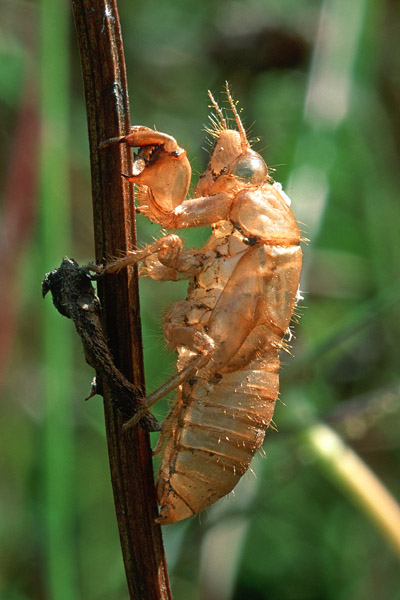
Northern Illinois and parts of Iowa, Wisconsin, Michigan, and Indiana could see an invasion this week. The billions of periodical cicadas of Brood XIII are expected to launch their attack on these cities.
Cicadas are insects that spend most of their lives as nymphs, burrowed underground and sucking sap from tree roots. Such insects emerge once every 17 years. Have a very small life, living fast and dying young, the shrimp-size, red-eyed insects transform into adults, reproduce, and die. They feed on the tree sap and pass through their different growth stages until, 17 years later, it is time to emerge and renew their life cycle.
They can be classified as locusts. Periodical cicadas are found only in the United States east of the Great Plains. The insect emerges in different broods emerge in different years; while there are some empty years in which there are no broods. Each brood of 17-year cicadas emerges together and consists of three different species. Yet, the species look different from one another, and each one has its own chorus. Only the males sing. Different species hum at different times of the day, like some prefer early part of the day, whereas another favors midday, while the third takes the late-afternoon shift. They sound so melodious that in china cicadas are kept in cages in people’s homes so that the homeowners can enjoy the cicadas’ songs.
Cicadas build thousands of “chimneys” or “stovepipes” on the ground, especially near trees and than suddenly emerge through these structures when they leave the ground and crawl up trees and shrubs.
The transparent wings of these insects are said to filter out ultraviolet light.
They also form eateries at the dining table because they are low in fat and high in protein. Many people around the world consider them a delicacy. Few experts state that the best way to eat cicadas is to gather them before their skins become harder at midnight as they emerge from their burrows.
Cicadas generally leave the area littered with twigs and leaves, after they die. However, the Cicadas bodies provide good nutrients for the soil.
Image
Via:Nationalgeographic

